The beauty of a car is often determined by its external appearance while its attributes and convenience are displayed inside. Nonetheless, the engine usually gets little attention, especially from an ordinary car owner. However, for car enthusiasts, the first thing they always check is the engine as it defines the entire car in terms of power and push-forward nature. Understanding your car’s engines is vital when choosing one and/or saving on your maintenance costs.
Different types of car engines include diesel engines, petrol engines, electric engines, hybrid engines, and gas-powered ones with each being unique in their way. In such kind of a condition, it has become diverse with different types of these machines coming into existence. All this knowledge about various types of motors is important for beginners and experienced drivers.
Different needs require different types of car engines; some need speed while some need fuel economy. By understanding common models of auto motors together with their unique characteristics you can make wise choices when purchasing vehicle. This will help you find the best match between what you are looking for a car or what suits your taste and needs most.
Engine Layouts
An engine layout can be defined as the way the cylinders are arranged in an engine and the number of cylinders in total. Current vehicles have engines that function based on the internal combustion engine where controlled detonations happen in the cylinders to produce the power needed for the car.
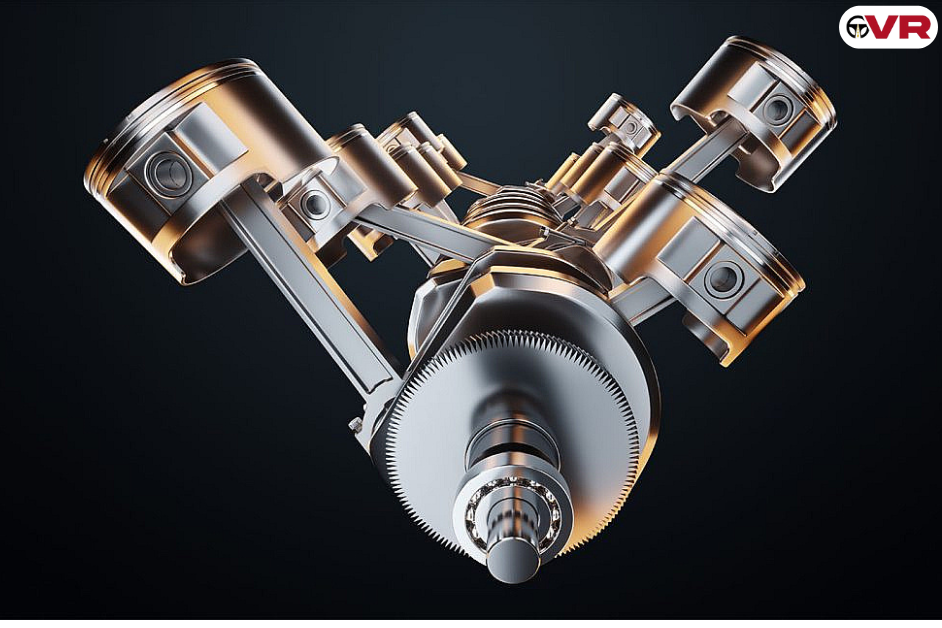
This process called the combustion cycle, has four strokes: These include the intake, compression, combustion, and exhaust steps respectively. This is because various types of layouts are used to improve the design, to decrease the vibrations, or to increase the fuel intake. Among all types of car engines layouts used today, the three-engine layout is the most common in today’s cars.
By getting to know these layouts, one is in a position to identify the most appropriate engine for a specific vehicle. The following are the most common layouts of engines that are used in automobiles of the present generation.
Straight or Inline Engine Layout
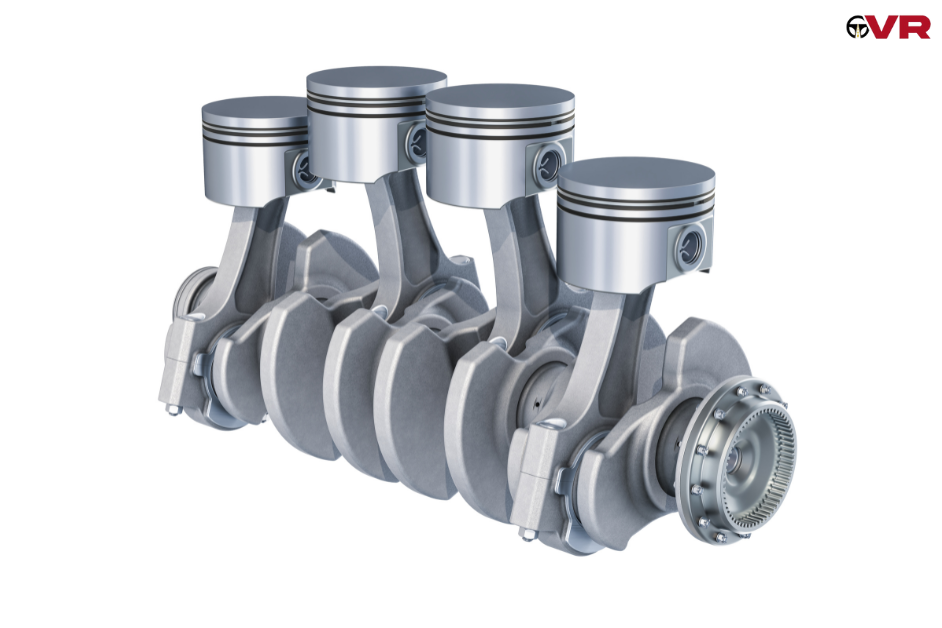
The most common engine layout is the Straight or Inline layout, where cylinders are aligned vertically in a row. These engines can be positioned parallel (Straight) or perpendicular (Inline) to the car. Inline engines are popular in entry-level family cars like hatchbacks due to their compact size, which allows for easy accommodation of other components. Straight engines, with more cylinders and power, are often found in luxury sedans from brands like BMW and Mercedes. This configuration is inexpensive to manufacture and install, making it a favorite for many car models.
Flat Engine Layout
A Flat engine, also known as a Boxer engine, has its cylinders placed horizontally. This unique setup mimics the motion of a boxer’s gloves before a fight, resulting in low vibrations due to balanced piston movements.
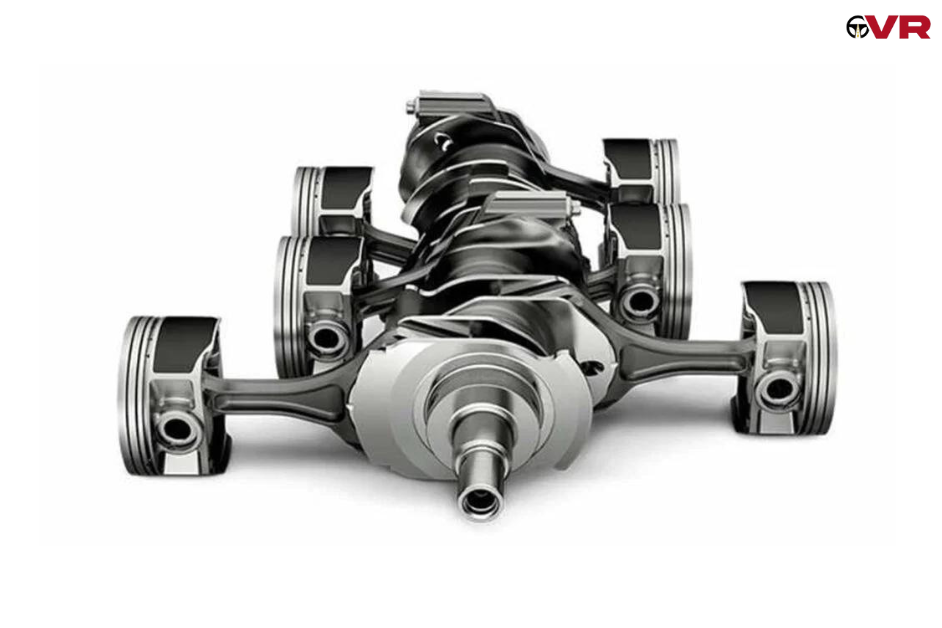
The low center of mass of the flat engine enhances the car’s handling, and its large surface area allows for efficient air cooling of all cylinders. However, flat engines are expensive to manufacture and have a wide shape, making them less common. Only a few manufacturers, like Porsche and Subaru, use Boxer engines in their vehicles, typically in premium models.
V-Engine Layout
One of the most widespread layouts is the V engine, which is widely used in high-performance vehicles. These cylinder banks are V shaped and this enables more cylinders to be fitted in a given space than in other types of engines and this leads to increased power output.
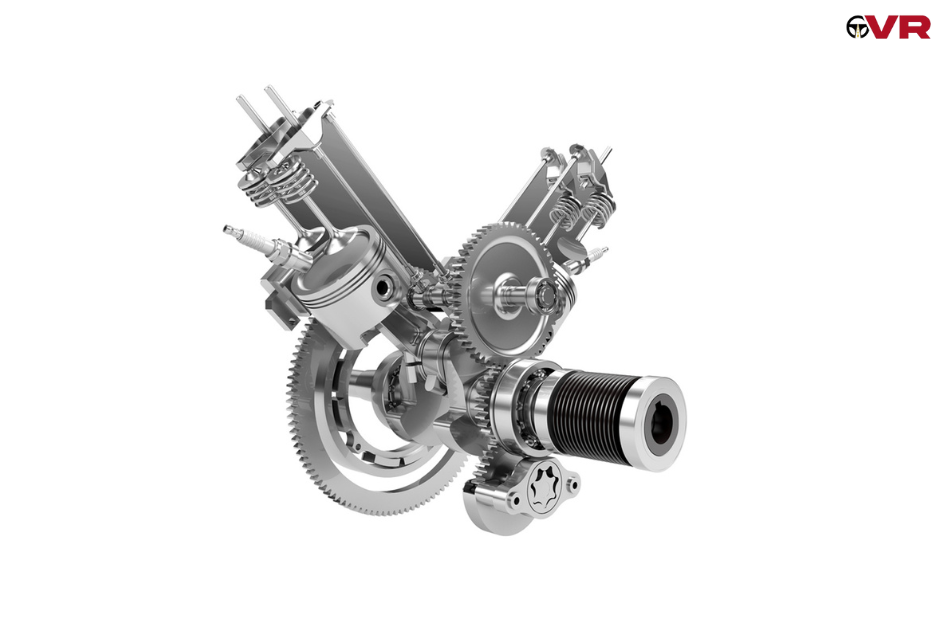
This type of design is popular among the manufacturers such as Ferrari, Alfa Romeo, and Mercedes-Benz due to its effectiveness and reliability. However, V engines are more prone to vibrations and are quite complex thus costly to manufacture thus costly to repair. However, they still hold the title of being the best for high-performance cars because they can produce more power faster while looking attractive.
Engine Cylinder Configurations
Car engines are divided into different types depending on their design and the number of cylinders they have. Until recent years, the power and capability of any given car were determined by the cylinder count. Nevertheless, today’s innovations like the high-tech fuel injection systems have seen small engines produce power that is equal to that of large engines. The fuel consumption, noise, and power of an engine also depend on the number of cylinders and their placement. The following are some of the popular types of engines that are currently available in today’s cars:
Twin Cylinder
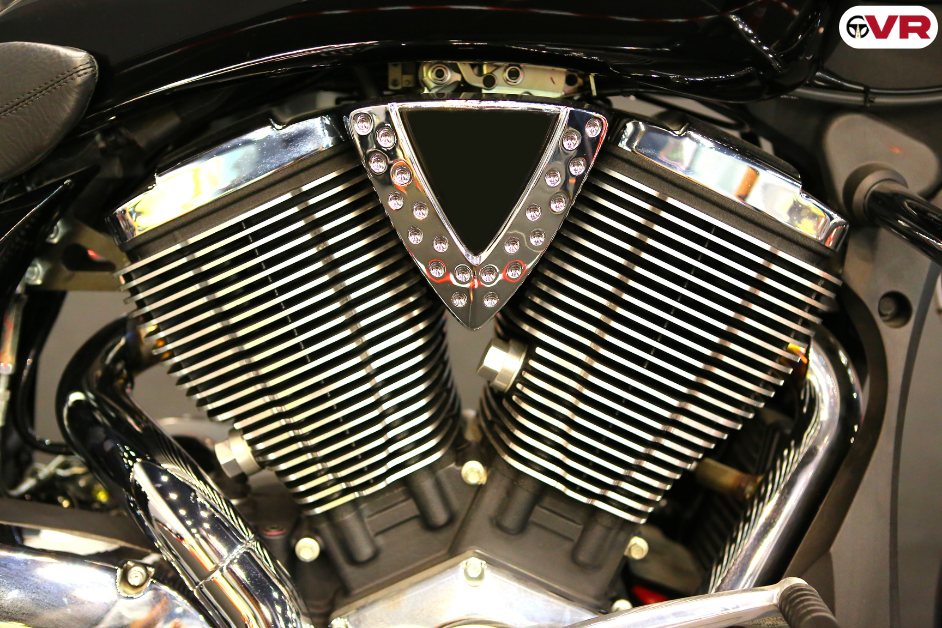
Twin-cylinder engines are not often used in cars because of the low power produced but are used in motorcycles like the Royal Enfield Interceptor 650 and Kawasaki Ninja 300. There is a glaring omission in the car category where only the Tata Nano has a twin-cylinder engine. These engines are in high demand for two-wheeler vehicles as they offer sufficient power about size and are inadequate for most automobile use.
Three Cylinder
Three-cylinder engines have a characteristic sound and vibration because of the irregular firing order compared to other engines.
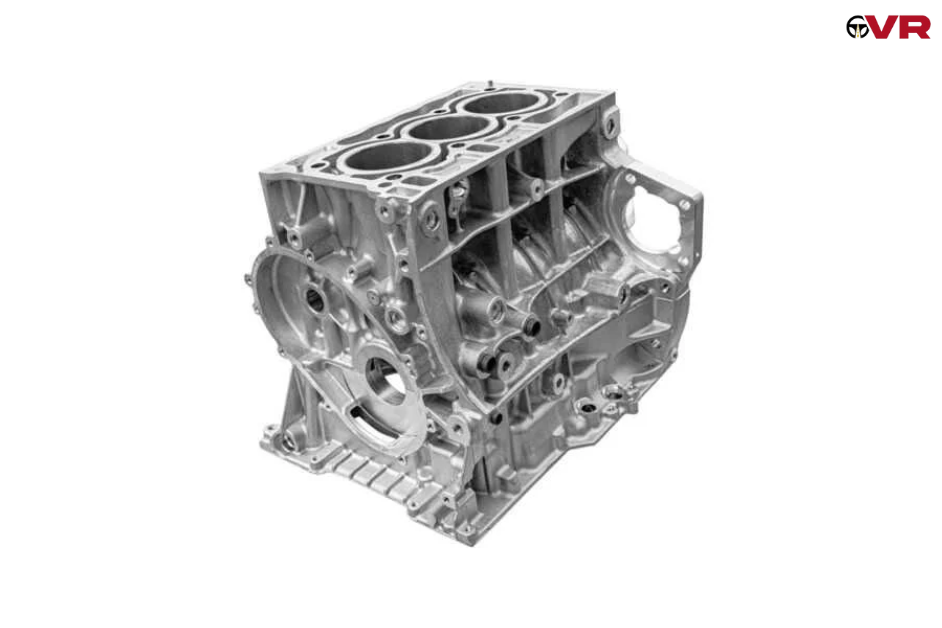
Nevertheless, the former provides more power than two-cylinder engines. With turbochargers, they provide better performance but with better fuel economy which makes them an ideal fit for hatchbacks and compact SUVs like Maruti Suzuki Celerio and Tata Nexon. These engines are mainly used in small cars.
Four Cylinder
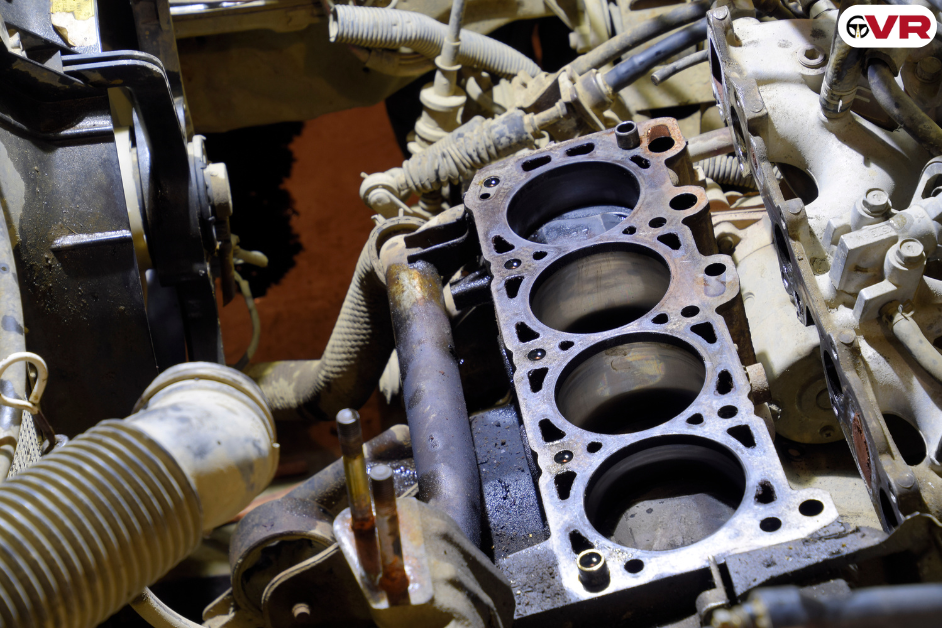
Four-cylinder engines are popular in use due to their power and efficiency as compared to other engines. These are usually found in the Inline layout and can also have turbochargers to increase power. This setup is used in vehicles including the Honda City, Maruti Suzuki Swift, and Hyundai Elantra. Four-cylinder engines are superior to three-cylinder engines because they provide more power which makes them suitable for use in cars and even larger vehicles.
Five Cylinder
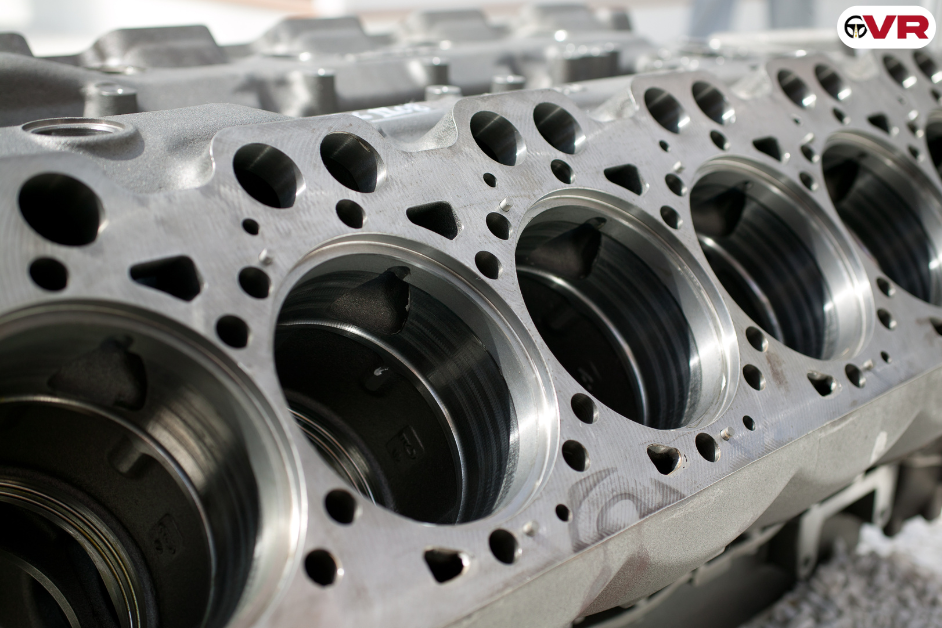
Five-cylinder engines are rare and typically found in luxury cars from manufacturers like Audi and Volvo. This configuration produces a unique warbling sound due to the odd number of cylinders. While not common, these engines are favored by some high-end brands for their distinct characteristics and performance.
Six Cylinder
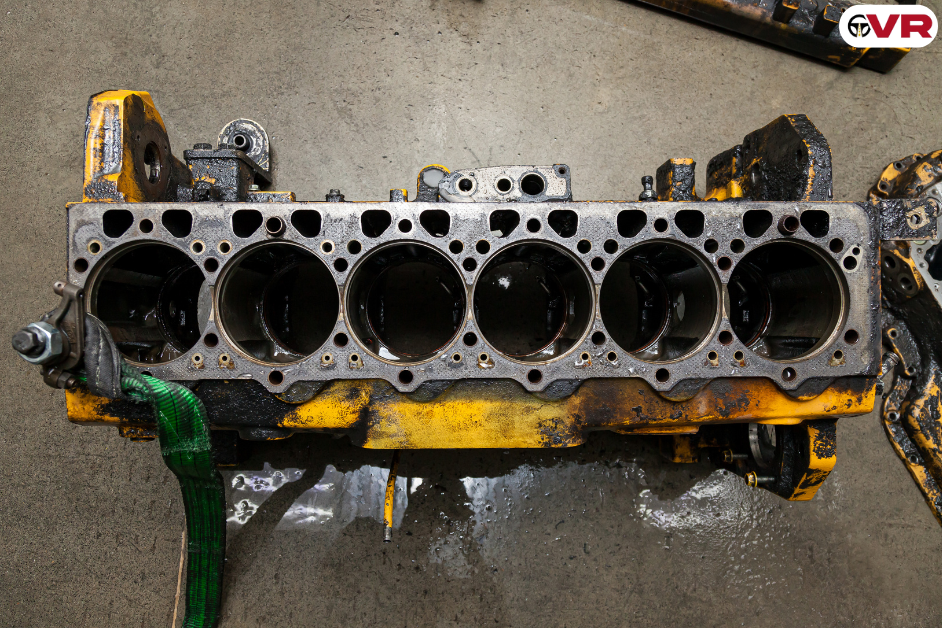
The six cylinder layout is popular in sports cars because of the sound they produce which is a high pitch. These can be either located in a straight or V configuration of an engine depending on the car model. Others include the BMW 5-Series and the Mercedes-Benz C-Class, which are luxury sedans that frequently use the six-cylinder configuration. These engines are powerful and are generally used in combination with turbochargers or superchargers to boost their output. They are mostly used in high-end or cars used for racing due to the high power output.
Eight Cylinders and Above
The 8-cylinder configuration can be considered as the beginning of the supercar, designed for high speed and excellent performance.
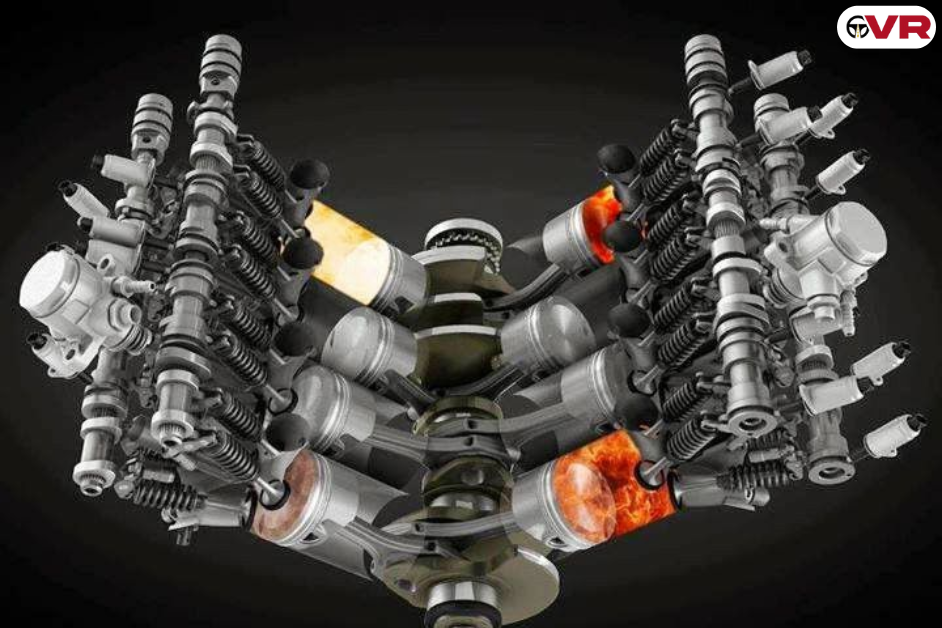
Such engines are normally placed in a V formation and are used in supercars like the Ferrari F8 Tribo with a V8 setup and Lamborghini Aventador with a V12. Car manufacturers have pushed the limits with the Bugatti Chiron having a W16 engine making it have 16 cylinders. These engines are loud, making a deep rumbling or a high-pitched scream, particularly from the supercharger. V8, V10, and V12 engines are popular in supercars and sports vehicles, and they provide a vast horsepower and torque output.
Engines by Fuel Type
Petrol and diesel engines are the most widely used in modern cars. However, there is a growing trend towards alternative fuel engines. The types of car engines that are commonly seen depend on the fuel source that powers the motor.
Petrol Engine

The most popular type of engine in India is the petrol engine, this is because petrol is the primary fuel that is used in the engine. ICEs use spark ignition and generally have lower compression ratios than diesel engines. They are of the four-stroke Otto cycle or V engine type and have a thermodynamic efficiency of approximately 20%, which is less than that of diesel engines.
Diesel Engine

Some common types of vehicles are diesel engines that use diesel fuel and are usually found in trucks and some passenger vehicles. They are popular for their gas mileage and torque, which makes them perfect for heavy work. In contrast to petrol engines, compression ignition or auto-ignition process is used by a diesel engine because the air-fuel mixture is compressed at a higher ratio than it ignites without a spark plug. Unlike gasoline, diesel fuel has more density as well as viscosity thus making possible more power and torque from a diesel engine. Nevertheless, they have been proved to be more inefficient than gasoline engines and also tend to produce high emission levels.
Alternative Fuel Engines
The automobile industry is experiencing an increasing interest in alternative fuel engines. Due to their high efficiency and low emissions, electric engines that use electricity to propel the vehicle are rapidly gaining popularity. This makes them a promising option for the future of mobility as they require significantly less maintenance compared to traditional internal combustion engines.
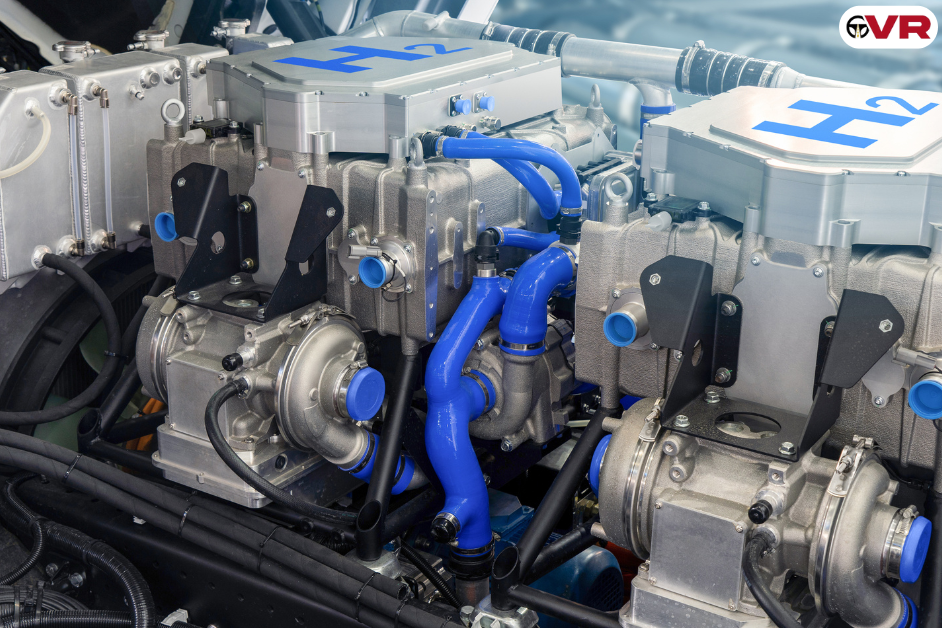
Another form of alternative engine is hybrid engines which combine internal combustion (IC) with electric motors. Hybrids rely on ICEs for propulsion while the electric motor supplies extra power whenever needed, thereby improving overall efficiencies vis-à-vis gasoline-only cars. The result is that hybrid vehicles have gained ground due to their fuel economy and reduced environmental effects.
Conclusion
The choice of car engine depends on your needs. When considering the types of car engines and how they work, electric or hybrid engines are ideal if you value efficiency and lower emissions. For everyday use, petrol engines are common and reliable, especially in countries like India. Diesel engines are perfect for heavy-duty applications due to their high torque and fuel efficiency, despite their higher emissions. For those seeking high performance and power, a six- or eight-cylinder engine might be the best fit. Ultimately, it’s about balancing your priorities—whether it’s power, efficiency, or environmental impact—when choosing the right engine for your vehicle.








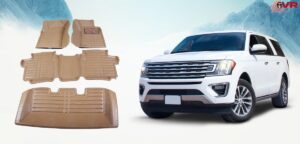
Leave a Reply